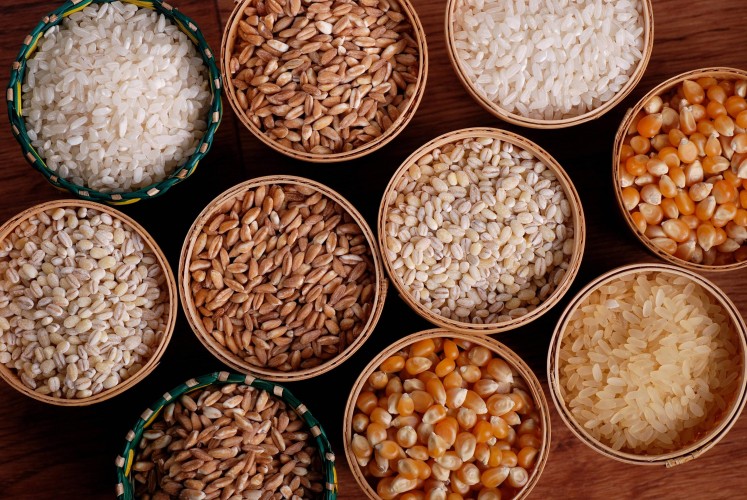Whole grains, also called cereal grains, are the seeds of grasses that are used for food. These include wheat, oat, barley, brown rice, spelt, rye, buckwheat, and many more. A grain or a product containing grains are classified as ‘whole grain’ when the germ, endosperm and bran of the grain are present in the same relative proportions as they exist in the intact, natural grain. In contrast, a ‘refined grain’ is a grain that only retains the endosperm, such as with white rice.
Regular consumption of whole grains has been associated with the reduced occurrences of stroke, blood sugar and fasting insulin levels, heart disease, blood pressure, cholesterol and inflammation. Per the Whole Grains Council, studies have repeatedly shown that whole grain consumption is associated with 30%-36% reduction in stroke, 21%-30% reduction in diabetes risk, and 25%-28% reduction in heart disease. Whole grain consumption has also been associated with weight loss and reduced weight gain.
Fiber can be broken down into either soluble or insoluble fiber, both of which provide distinct health benefits. The soluble fiber portion can swell when it mixes with the water in the intestinal tract, forming a gel-like substance that increases the viscosity of the gastrointestinal contents (foods being digested) which helps to slow the passage of nutrients through the body, thereby extending ‘fullness’ and reducing the uptake of glucose from foods. By helping a person to retain a feeling of fullness and by reducing glucose intake from foods eaten, fiber helps to promote healthier blood sugar levels and weight loss. The insoluble fiber portion helps to add bulk to the contents of the gastrointestinal tract which then helps to propel food through the GI tract thereby promoting stool regularity and reducing the occurrence of constipation, while facilitating the removal of toxins from the body. Additionally, as both soluble and insoluble fibers are largely indigestible for humans, the fibers pass into the colon where the microfloras that reside there use it for food (prebiotic). As the microfloras use the fiber, they produce other nutrients that the human body can utilize such as short chain fatty acids, vitamins B12 and K, and biotin.
More and more research supports the need for whole grains in the human diet. Finding and incorporating whole grains into a healthy diet is easier than most individuals believe it to be, and in the long run it is well worth the effort.





Comments (0)